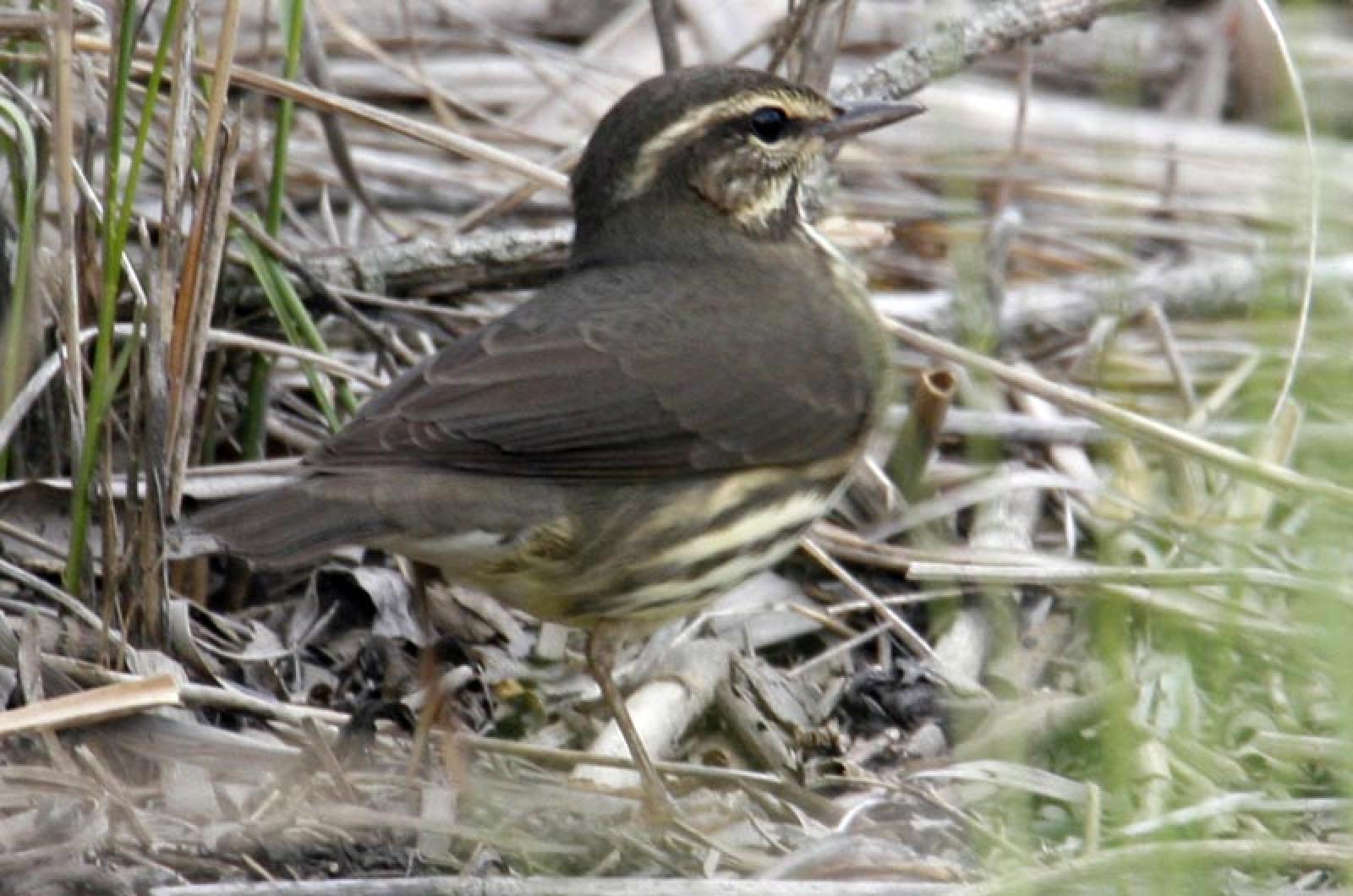Hummingbirds are surprisingly abundant for mid September. A request for information sent out yesterday generated 19 responses, 14 of which still had either females or immatures at their feeders on Sept. 16. Wow! I did not expect that many responses. Charlie Kernick was the only one to report that a male was still present, so the males have apparently left already. The other five responses had observed hummers either last week or over the weekend. Thanks to all the respondents; there are too many names to list them all.
For those who do not have hummingbird feeders, you can look for them at red and orange flowers. Fuschias are popular — that is where I see them in my wooded yard — as are the large stands of jewelweed that are now heavily laden with orange flowers (this plant is also called touch-me-not due to its seed pods that explode when touched). Other plants that my respondents mentioned as hosting their hummers include salvia, nasturtiums, million bells flower, and pineapple sage (a late-blooming salvia).
Do not take down your hummingbird feeder yet. Keep it full of fresh sugar water because we are entering the season for stray western hummingbirds. Remember last December and January when we had three hummingbirds on the Vineyard? One was the western Allen’s hummingbird, which was attracted to pineapple sage and a feeder. The other two, both ruby-throated, were at feeders.
Bird Sightings
The bird sightings for this week started well, with Pete Gilmore spotting an immature little blue heron on Sept. 11 at James Pond. This species is never common; at this time of year the immatures are all white, despite their name, with a two-tone bill — bluish with a black tip. They are mostly a southern species, but this is the time of year when they are most likely to show up. As are egrets. Great egrets have been around all summer and probably breed here. Snowy egrets, with their golden slippers, used to be a common breeding species but are now quite rare in the summer. Sarah Mayhew found both snowy egrets and great egrets on Sept. 11 at James Pond, but she did not see the little blue heron. Multiple observers have reported both snowy and great egrets in the salt marshes of Sengekontacket Pond, especially at the southern end near Bend-in-the-Road Beach.
William Waterway observed a belted kingfisher on Sept. 12, as it was fishing the western side of Katama Bay.
Also on the 12th, at the head of the Lagoon, Margaret Curtin observed two blue-winged teal, mallards, two green herons, and a spotted sandpiper.
Jeffrey Bernier observed bobolinks in the fields at the Farm Institute on Sept. 13. Sept. 14 was a beautiful fall day; it was cool, sunny and there was a light breeze out of the northwest. It was a perfect day for migration! Pete Gilmore and Allan Keith did well as they birded Squibnocket, the Gay Head cliffs and Red Beach. They found quite a few noteworthy species including a female prothonotary warbler at close range. Other warblers included prairie, yellowthroat, redstart and blackpoll. They also observed bobolinks and eastern kingbirds, as well as Cooper’s hawk, kestrel (at Red Beach) and a merlin. Ken Magnuson joined them at the Gay Head Moraine, where they found warbling and red-eyed vireos, blackpoll warbler, and a female scarlet tanager.
On the same morning, I led a birding tour to Quansoo, with high hopes of lots of shorebirds on the exposed shorelines of the recently opened Tisbury Great Pond. However, birds were scarce. There were a few sanderlings, semipalmated sandpipers, lots of semipalmated plovers, three American oystercatchers, lots of double-crested cormorants, a northern harrier and of course a few gulls.
Pete Gilmore and Alan Keith headed to Norton Point Beach in the afternoon and spotted black skimmers, great blue heron, four species of terns: common, roseate, least and Forster’s, three species of plovers: black-bellied, semipalmated, and piping, American oystercatchers, and five species of sandpipers: sanderling, least, semipalmated, greater yellowlegs and one or two western sandpipers. It is about time that western sandpipers showed up, maybe they are even late.
On Sept. 15, Allan Keith, Lanny McDowell and Pete Gilmore were back at the cliffs and added a few more species, including indigo bunting, rose-breasted grosbeak, northern waterthrush, magnolia warbler, an Empidonax flycatcher and a blue-gray gnatcatcher. That afternoon, Matt Pelikan found a first-year male blue grosbeak in a thicket along South Circuit avenue in Oak Bluffs. He also observed two solitary sandpipers foraging at the small freshwater pond along the trail that leads from there to the school.
Also on Sept. 15, Tom Rivers observed four phoebes at his Chilmark home. He suspects they were a family that had nested somewhere nearby.
Sarah Mayhew found a black and white warbler along the Tiasquam Valley Trail on Sept. 16. And that same day Jeff Bernier spotted a Cape May warbler in the thickets between the South Beach (right fork) parking and Crackatuxet Pond.
The best bird of the 16th may well be the peregrine falcon that Tim and Sheila Baird observed along State Beach in the early morning. All three species of falcons were observed this week — that only happens in the fall.
Acorns conclude the column this week. On Sept. 16, Lanny McDowell was curious about a cacophony of acorns falling on his roof, sounding like a hail storm. He discovered that a large flock of migrant grackles were knocking acorns out of the oaks as they moved through. Barbara Beichek and Lori Robinson Fisher have also experienced this rooftop acorn symphony recently. Bet you never guessed how noisy and dangerous bird watching can be!
There are lots of birds around so please get out looking for them, and be sure to report your bird sightings to the Martha’s Vineyard bird hotline at 508-645-2913 or email birds@mvgazette.com.
Robert Culbert leads guided birding tours and is an ecological consultant living in Vineyard Haven.







Comments (2)
Comments
Comment policy »